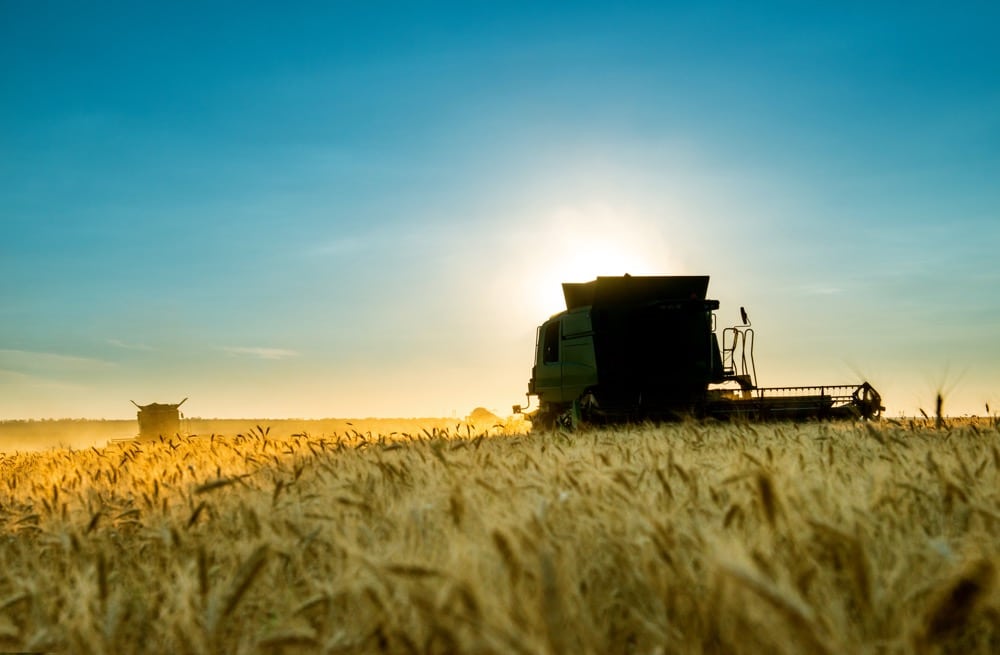Manitoba Crop Report: Dry weather advances harvest to 73 per cent

Glacier FarmMedia MarketsFarm — Warm and dry conditions across Manitoba allowed the province’s harvest to be nearly three-quarters complete at the end of September, according to the provincial agriculture department’s weekly crop report.
Combining advanced 15 points from the week before at 73 per cent as of Sept. 30. The harvest in central Manitoba progressed the most at 81 per cent, while the northwest was furthest behind at 61 per cent.
Barley and oats were 98 per cent finished and spring wheat was at 95 per cent complete. Canola acres were 78 per cent harvested, while dry beans were at 60 per cent. Manitoba’s soybean harvest was at 29 per cent completion, while flax has begun to come off the fields at 17 per cent. Limited corn combining was also reported in eastern Manitoba.
Read Also

US port strike disrupts hamburger supplies, frozen seafood
Dockworkers striking at U.S. East Coast and Gulf Coast ports are preventing imports of beef that restaurants and retailers increasingly rely on to make hamburgers due to limited domestic supplies, traders and industry members said.
The Pas in northwest Manitoba received the most rainfall during the week at 7.6 millimetres, while many areas across Manitoba did not receive any precipitation.
Oat yields ranged from 110 to 180 bushels per acre, while those for barley were from 80 to 120. Spring wheat yields were from 40 to 95 bu./ac. with an average of 70. Protein levels for spring wheat were 10 to 15 per cent.
Canola yields were reported to be between 25 to 65 bu./ac., with averages at 30 to 45. Early flax yields were reported to be 20 to 25 bu./ac. in southwest Manitoba. The earliest seeded sunflower fields neared maturity as they were in the R8 and R9 growth stages.
Soybean yields ranged from 35 to 60 bu./ac. for an average of 45. Meanwhile, dry bean yields varied but averages were reported to be between 1,700 to 2,000 pounds per acre.
Early season moisture helped forage and pasture growth exceed last year’s totals. The harvest of tame and native hay fields were near completion and straw bales were being hauled into feed yards. The corn silage harvest was mostly complete in all of the province except for the northwest, where it had just started. Yields were from six to 10 tonnes per acre.
As temperatures fall and days get shorter, pasture growth is slowing down. However, well-managed pastures were in good shape and cattle on pasture were in excellent condition. Producers have started to supplement animals with hay on pasture and some operations brought in cattle for weaning and fall marketing of calves. Water levels in dugouts were adequate, but excess moisture caused some issues underfoot.
Source: Farmtario.com

